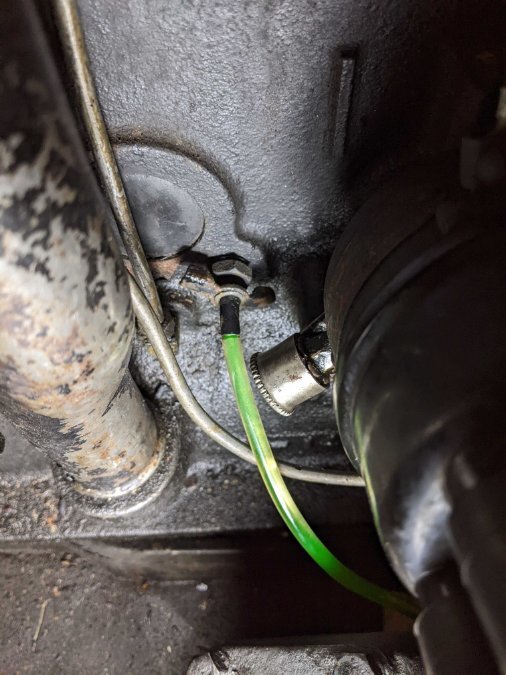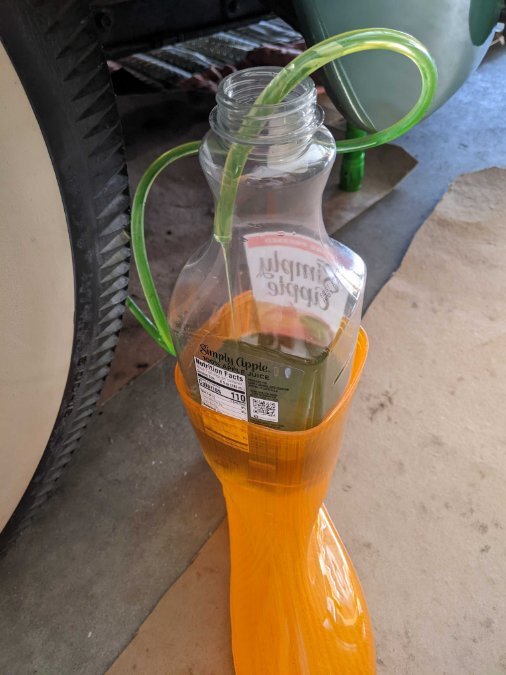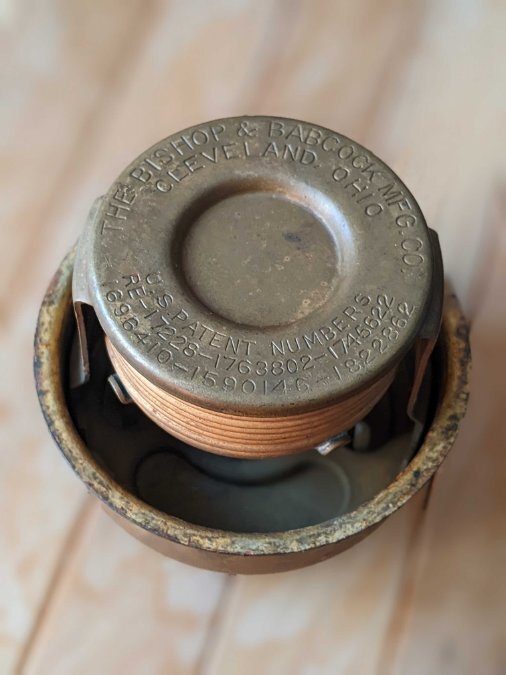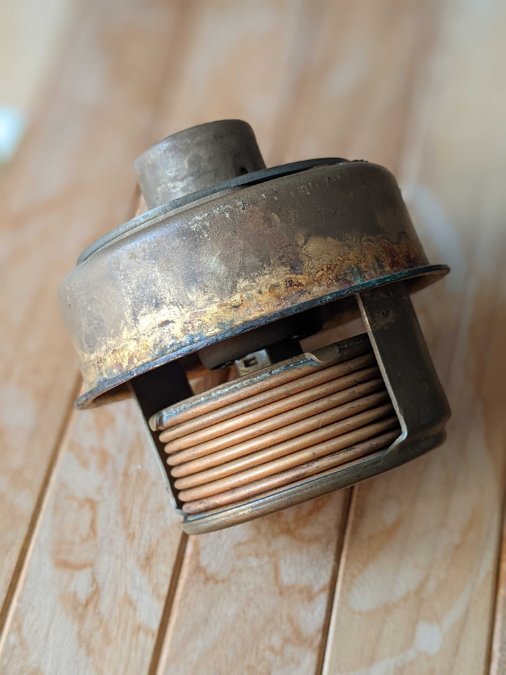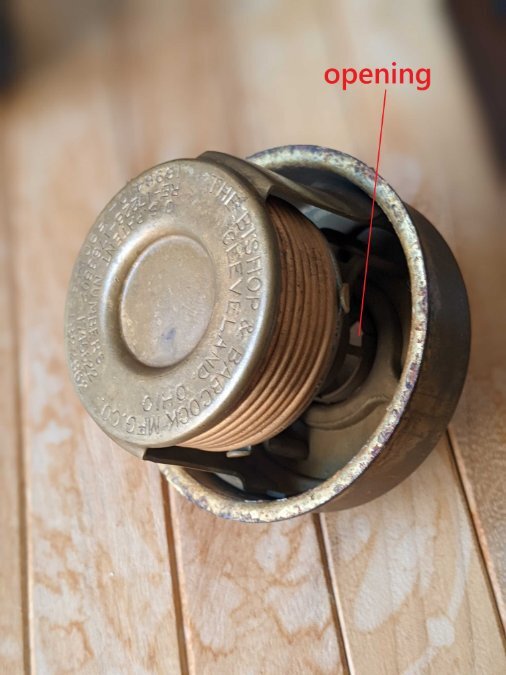
Ivan_B
Members-
Posts
1,206 -
Joined
-
Last visited
-
Days Won
13
Everything posted by Ivan_B
-
Okay, so did you fix the low beam issue? Because on the old box, I see 5x4 configuration, and the new one is 5x5 ? Does your turn signal switch has a hazard lights position as well? The fact that after messing around with the junction box, front lights started working and all 4 lights now flash, kind of points toward incorrect wiring, and a poor contact somewhere (front lights not working). Do you know for a fact that the lights still worked as intended after your replaced the junction box?
-
I don't see how a clutch would get stuck after trying to start the car in gear... Why did you need to get under the hood to switch the car in neutral? Wasn't the gear shift lever disengaging from the cabin no more? How do you know that the clutch is stuck? Did you verify that the disk is physically not disengaging, under the flywheel cover? Are you able to shift the transmission through all gears with the engine turned off?
-
Oh, come on... ? So the front lights did not work? Silly question: when you worked on replacing your junction box, how did you memorize what wires go where? Did you label them, etc.? The front junction box has the wires for the front lights in it so, technically, something can be messed-up in there, since the front and rear signals are connected together. Does your first picture displays the old junction box before you touched it? The top wire seems to be not connected to anything, is that right? What happened to it after you got the box replaced? Are you able to take a multi meter and tell us where each of the wires from the junction box is going?
-
Yes, the rear flashers would be connected to the front ones, at some point because I imagine that you have only one flasher and the switch connects to it either 2 left or 2 right bulbs. What else have you done with the wiring, lately? What junction box did you swap? ? Are you able to trace your rear flasher wires to the turn signal switch using the multi-meter?
-
Looking for a second opinion here Finally got around to replacing my coolant hoses, because the old ones had thick flakes of rust visible from underneath at the metal/rubber junction. The thermostat housing was very difficult to remove, one of the studs was heavily corroded but I managed to get it off without casualties. There seems to be plenty of dirt inside the cooling system, although, the block drain was not clogged as I expected (hi Keith ). Don't be fooled by the bright green antifreeze the PO put in. The thermostat housing has obviously been on the car for a while... The most interesting thing, I found, is this guy: Based upon the way I understand the Chrysler 201 cooling system, by default, the radiator inlet (upper hose) is closed, and the coolant is circulating through the bypass. From what I see, with the OEM housing, this thermostat appears to be working in the reverse order: the radiator inlet is open by default and the bypass is closed. Was my cooling system closing the radiator while warming up, all this time? ? Also, for the little tip of the day - here's how you drain the block without making a mess:
-
No snow around these parts... The temperature was in the 60s, now is in the 70s and slowly getting warmer. Might get brave and go for a swim, one of these days ?
-
What specific model is this? The signals were installed somewhere in mid/late 40s, I think. Some older manuals are available here: https://chrysler.oldcarmanualproject.com/manuals/index.html
-
I own a Canadian 1948 dodge business coupe special deluxe
Ivan_B replied to 1948DodgeD25S's topic in P15-D24 Forum
That's what I thought. Do you have a fuel pressure gauge installed, or did one of the members put one inline with the carburetor? If the car has not been driven for more than a few years, I would probably avoid trying to run it with the stuff you have in the gas tank, for now We have an original engine with a carburetor, right? It does not really need much pressure to start/run, as long as the carburetor fuel bowl has fuel in it, the car should start. It will eat the bowl and stall, in a minute or two, but it should start alright. -
I own a Canadian 1948 dodge business coupe special deluxe
Ivan_B replied to 1948DodgeD25S's topic in P15-D24 Forum
That's probably a good idea, given the very little information provided by the TS. I'll just ask one more question: How do you know that there is no/low fuel pressure? ? -
I own a Canadian 1948 dodge business coupe special deluxe
Ivan_B replied to 1948DodgeD25S's topic in P15-D24 Forum
Not at all. Been there, recently, when I just got my car... ? -
Good So, what have you found-out thus far, the pilot light bulb is wrong? How about if you remove both pilots, does it make a difference?
-
I own a Canadian 1948 dodge business coupe special deluxe
Ivan_B replied to 1948DodgeD25S's topic in P15-D24 Forum
Our condolences for your loss. Does the car still have an original engine in it? Would it run of you gravity feed the carburetor? When was the last time the car was on the road? Some pictures are always welcome ? -
Sorry, but not exactly ? On the provided diagram, once you turn on the left turn signal, the left rear bulb is completely disconnected from the brake circuit (at the same time) so if the bulb has a bad ground it just wont work, in this case. But you are going into the right direction. This is exactly why we've asked that you check if the problem is still there with one of the bulbs removed. The fact that it is - indicates that the other bulb is not involved in the process.
-
That looks like the OEM system, like what Tired iron has, doesn't it? I think OUTFXD is using some kind of aftermarket setup. The above diagram is using only the brake circuit, on the back. So you either have the light bulb connected through the brake switch (steady light if the pedal is down) or to the flasher if the switch is activated to either position. Nothing is done to the ground, the bulbs are always grounded to the body where the lamp bracket is. A very elegant and simple system, actually. I had to use 4 relays in my "custom" setup because I did not have this type of switch\wiring and did not want to use the aftermarket ones or mess-up the factory harness ?
-
I could probably used some spares myself, what kind of radio did you have in there? Was that a Philco? What model number? Before hording some good things it would at least make sense to make sure they are compatible with my unit
-
May I suggest using some oil undercoating on the inside while the interior is still out? Also, did you save the radio parts? These might still be useful for repairs of the OEM units.
-
You are right, and Los might actually be onto something. After all, after being in electrician school, he probably has more formal training than many of us, here ? It could be that one side is feeding\grounding through the other. However, the TS stated that talking the bulbs out appears to have no effect and that all the lights appear to be working, besides this little problem with the turn signals. Could be a faulty switch, he might have to take a look at it, eventually, if other simpler troubleshooting proves fruitless.
-
Do you have a picture? If that's just dirt, it might be a better idea to clean it with some organic solvents (carb cleaner, gas, engine de-greaser), rather than using an acidic solution such as vinegar (technically, not good for the metal). Is your turn signal switch the same as Tired iron's, posted above? In this case, we might also do some troubleshooting at the switch side (jumping wires) to test the after-the-switch circuit. A multi-meter is very useful for tracing wires. You will mainly use the continuity/diod setting. The one that beeps when both leads are connected.
-
That could actually be source of the problem, depending upon the wiring. Those can be sitting parallel to the actual bulbs and if you've got a wrong combination of bulbs, "strange" things might happen. Are both of your pilot bulbs the same specs? What if you remove both of them, for testing? You should be able to fix the original bulb socket (unless, of course, it is destroyed), if that is, indeed the issue. It is probably grounding to body (so a bad ground due to rust is a likely culprit).
-
I think that was meant for me, since I managed to type it 3 times right 2 times wrong in my previous message... Well, it's Friday, I am sorry ?
-
Were you the one who dropped out of the electrician school? ? A bad ground light socket usually does not work. If we are talking about brake light with the regular dual filament bulb, there are two power wires going to it (parking light, brake light) and a single ground going out (to the body). There are not many things that can go wrong, really. Wiring is not hard, really. You just need a little patience to look at the schematic (if you have one) and remember the main 3 rules: 1) you usually need + and - connected to make things work and if it doesn't, you probably have 2) no connection where there should be one, or 3) a connection where there should not be any Based just on that, it make sense that if you disconnect the brake wire you have no brake lights. If the signals work correctly, however, it means that you are getting your signal going into the wrong bulb through the brake circuit, which does not make sense. What if you remove one of the bulbs, would the other still flash with the signal switch in both positions?
-
Were the lights operating properly in the past? Did you make any changes such as new bulbs etc.? It is somewhat hard to guess what's going on without seeing your wiring. Do you have a multimeter to trace the wires from the switch down the road? I don't think there is a short, otherwise you would fry things and usually notice that right away. Could be that the switch is faulty, or something is not connected quite right. Check the rear bulbs, specifically the turning light circuit. Left and Right wires should go their separate way, and might be connected to the same side bulbs on the front, then probably the switch or the flasher.
-
Was the car re-wired using the OEM diagram, or not? Are there just new wires or a completely new wiring scheme as well? Do you have the factory diagram available?
-
No pictures? ? So we are just expected to take the gentleman's word for it? ?
-
If you are going into the joints, etc., just remove, disassemble, and clean them properly


